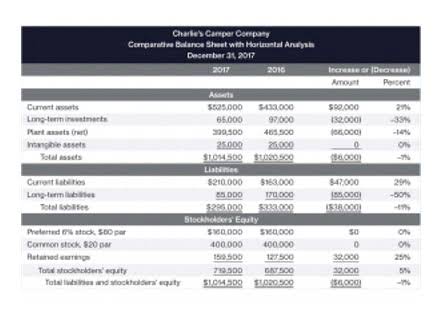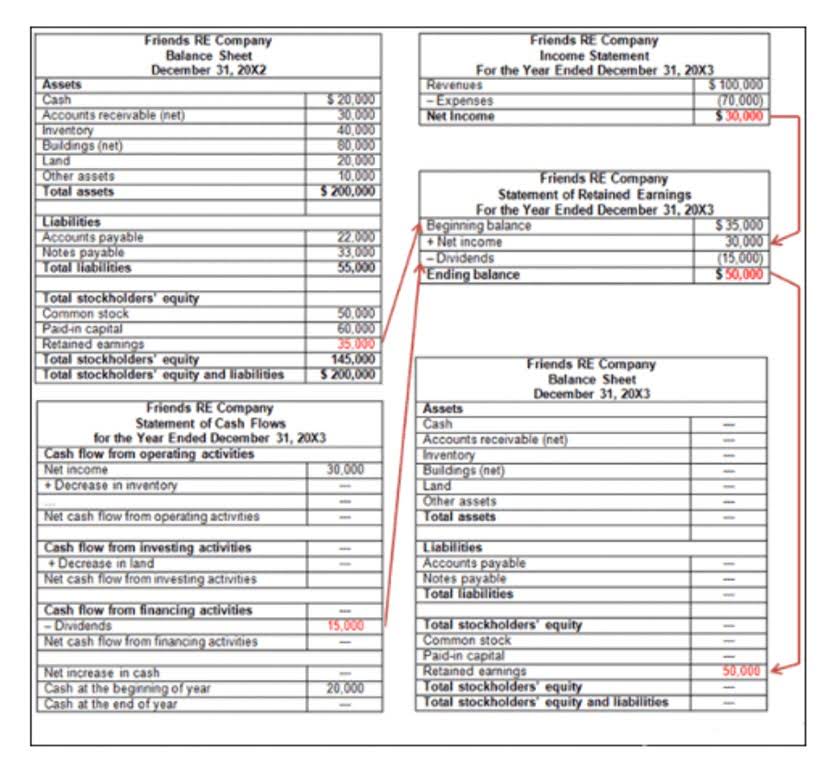HOA Financial Reporting Made Easy: Your 5-Step Guide

An HOA statement, also known as an accounts receivable statement, outlines the unpaid dues a property owner owes to the association. These dues may include overdue assessments, vendor credits, late fees, or other outstanding sources of revenue. This documentation consists of balance sheets, income statements, cash flow statements, and annual payable reports. It details the dues owed by each member to the HOA, covering expenses for maintaining shared areas and facilities like lobbies, pools, and clubhouses. Besides regular dues, it can also feature special assessments for unexpected expenses, typically reserved for emergencies or significant unforeseen events.
- Community Financials provides all the financial reports you need, built around your Board’s priorities and conveniently in one place online so they can be accessed by the Board members that need to see them.
- For example, there may be a cost center that provides services to only one sub-set of homeowners; those expenses, and sometimes the revenue against them, need to be tracked separately.
- This ensures that all the information will be completed in a timely manner without taking time out of community volunteer’s busy schedules.
- It also means that the statements have been professionally checked and relieves some of that stress from the board members as well.
- There are so many sources of information and papers that make for hours of calculator and spreadsheet busy work to simply understand the financial status of your HOA or Condo Association.
- After you adjust the balance per bank to be the true balance, and you also adjust the balance per books to be the same true balance, you have reconciled the bank statement.
HOA Income Statement

So income is counted when it is due, not when it is actually received; and expenses are counted when they are owed, not when they are actually paid. Therefore, it provides a clearer picture of how expenses and income are actually occurring. The Comparative Income and Expense Report provides valuable insights into the HOA’s financial health and management over time. Comparing income and expenses across different periods helps title professionals get an understanding of how an HOA’s board makes financial decisions over time. As a title professional, you should pay attention to the assets and liabilities when reviewing the balance sheet.
Understanding the Corporate Transparency Act for HOAs
Soon after each month ends, the bank usually mails a bank statement to the association. The bank statement lists the activity in the bank account during the recent month as well as the balance in the bank account. That bank statement also becomes a part of the Financial Statements provided to the board of directors for review. The HOA General Ledger is a comprehensive accounting document that records all financial transactions of a homeowners association. It categorizes each transaction by type, such as income, expenses, assets, and liabilities, providing a detailed and organized financial history of the community. The hoa bookkeeping Cash Flow Statement reveals the HOA’s ability to cover expenses and invest in community improvements.
- Regularly reviewing the income statement enables homeowners to understand the association’s revenue sources, assess the impact of expenses on financial performance, and evaluate the financial feasibility of future projects or initiatives.
- Some jurisdictions do not allow the exclusion of certain types of warranties or limitations on applicable statutory rights of a consumer, so some or all of the above exclusions and limitations may not apply to You.
- The cash flow statement provides valuable insights into the association’s liquidity, cash management, and ability to meet financial obligations.
- The main purpose of this HOA financial statement is preventing fraud – and it is very easy to tell what is happening in the report at a quick glance.
Federal, state, or provincial laws

Once you have determined which reports you will be reviewing monthly and set up their execution as a template, you will now need to decide who in your organization should have access and grant it to them. Unlike the previous two reports, Legal E-Billing this one focuses solely on both the positive and negative bank balances of your HOA or Condo Association. The biggest challenge you are going to face in this process is not limiting your attention to exclusively the reports you need to ensure your HOA thrives. Of all the hurdles that an HOA Board member faces on a regular basis, the financial aspect is the most daunting. There are so many sources of information and papers that make for hours of calculator and spreadsheet busy work to simply understand the financial status of your HOA or Condo Association. In the unfortunate event that the files are deleted, become corrupted, or the preparer can no longer maintain their responsibilities, the board still has a copy of their financial records.

How To Read HOA Financial Statements

This means the board either did not practice smart spending or failed to prepare an accurate projected budget. Sometimes, it could point to an underlying financial issue such as fraud or embezzlement. If the association has a management company or an independent bookkeeping company, the actual reconciliation will be done by that firm. However, adjusting entries it is important that the association’s Board of Directors (and the manager, if they have one) carefully review this reconciliation AND they compare it with an original bank statement.